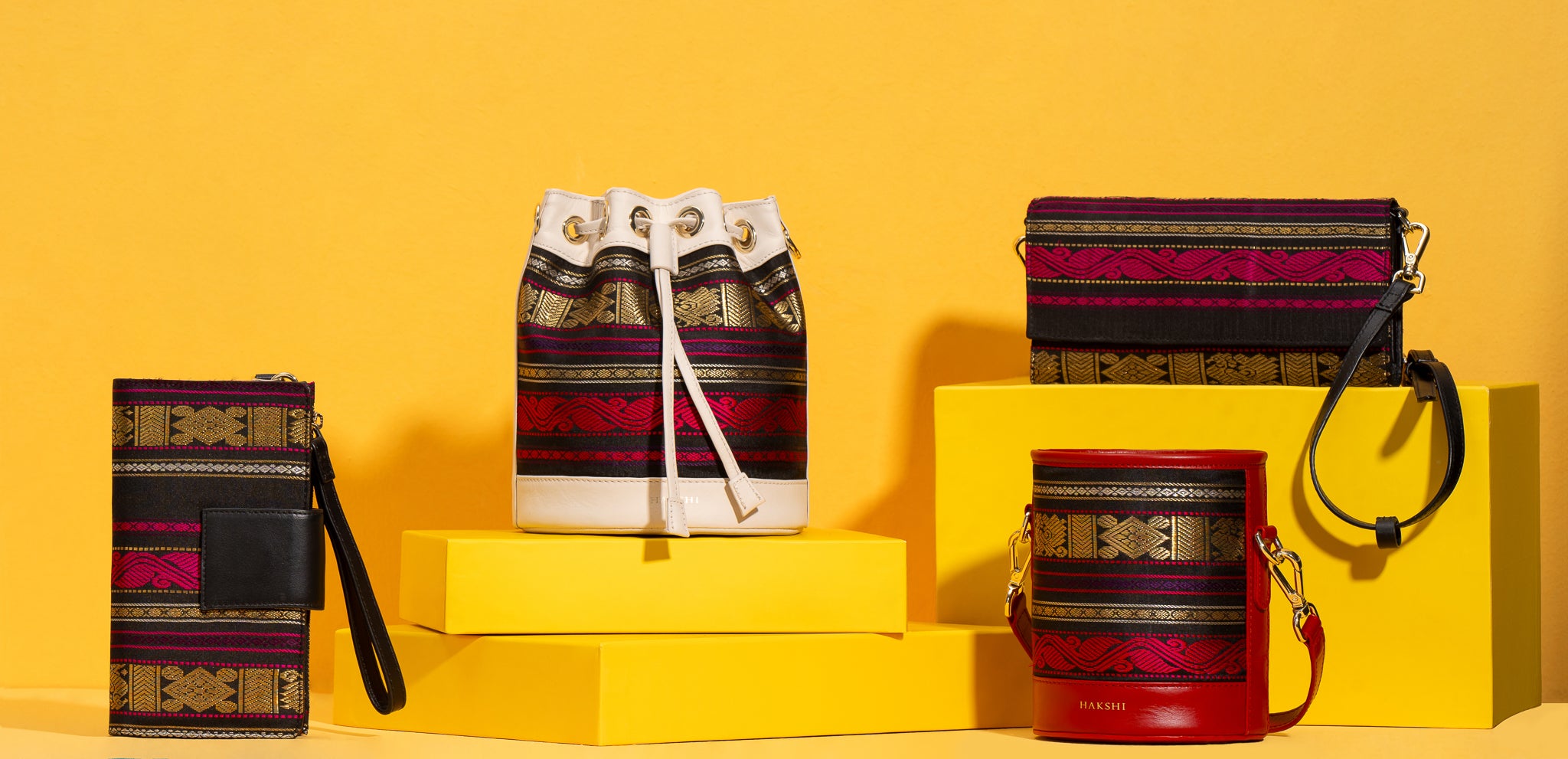How Kanchipuram Silk Sarees Are Made: Step-by-Step Weaving Process
Kanchipuram silk sarees are the crown jewel of South Indian tradition. Renowned for their vibrant colors, rich texture, and intricate zari work, these sarees are more than just clothing they are a legacy of centuries-old craftsmanship. In this blog, we’ll explore how Kanchipuram Silk Sarees are made, step by step, and why owning a pure Kanchipuram silk saree is a prized possession.
1. Selecting the Finest Silk
The journey begins with choosing high-quality mulberry silk threads. Only the finest silk gives Kanchipuram sarees their characteristic sheen and durability. The silk is carefully spun into yarn, ensuring it can withstand weaving and zari work without breaking.
2. Preparing the Silk Threads
The silk threads are then cleaned, boiled, and softened. This process removes natural impurities and prepares the threads for dyeing. Traditionally, Kanchipuram weavers prefer natural dyes, although modern artisans sometimes use chemical dyes for more vibrant shades.
3. Dyeing Process
Threads are dyed separately for the saree body (pallu, border, and pleats) to achieve the signature contrast colors. This step requires precision to ensure that the final saree has harmonious and vibrant tones.
Tip: The bright, contrasting colors of a pure Kanchipuram silk saree are a hallmark of authenticity.
4. Designing the Motifs
Kanchipuram sarees are known for their temple, floral, and geometric motifs. Designers sketch patterns on graph paper, which act as a blueprint for the weaver. These intricate designs are often made using zari (gold or silver threads), adding elegance and richness.
5. Setting Up the Loom
The weaving is done on a traditional pit or frame loom. The warp (lengthwise threads) is prepared carefully, and the pallu and border threads are set to create the distinctive contrast. This stage is crucial; any mistake can ruin the symmetry of the final saree.
6. Weaving the Saree
Skilled weavers manually interlace the warp and weft threads to bring the saree to life. The border and pallu are woven first using zari, followed by the saree body. Weaving a single Kanchipuram saree can take 5 days to 2 weeks, depending on the complexity.
Explore our Kanchipuram Silk Saree collection to see these techniques in action.
7. Joining Borders and Pallu
One of the unique features of a Kanchipuram Silk Saree is that the body and border are woven separately and then joined with a special interlocking technique. This technique ensures durability and prevents tearing, even with regular use.
8. Finishing Touches
After weaving, the saree is washed, starched, and polished to enhance its natural luster. Some sarees receive hand-embellished details, making each piece a unique masterpiece.
9. Quality Check
Every saree undergoes rigorous quality checks. Experts inspect the weave, motifs, color consistency, and zari work. Only those that pass this check are sold as pure Kanchipuram silk sarees.
Shop authentic pure Kanchipuram silk sarees online for guaranteed craftsmanship and quality.
Why Kanchipuram Silk Sarees Are Special
-
Durable and long-lasting: Can be treasured for generations.
-
Vibrant and rich textures: Signature contrasts and lustrous silk.
-
Cultural heritage: Represents centuries-old South Indian artistry.
-
Perfect for special occasions: Weddings, festivals, and ceremonies.
FAQs About Kanchipuram Silk Sarees
Q1: What makes a Kanchipuram silk saree different from other silk sarees?
A: It is made from pure mulberry silk, has a contrasting border and pallu, and features handwoven zari designs. The body and border are woven separately, ensuring durability.
Q2: How long does it take to weave a Kanchipuram silk saree?
A: Depending on the complexity of the design, it can take from 5 days to 2 weeks to complete a single saree.
Q3: Can I wash a pure Kanchipuram silk saree at home?
A: Handwashing with mild detergent is possible, but dry cleaning is recommended to preserve the silk and zari.
Q4: Why are the borders of Kanchipuram sarees so different?
A: The border and saree body are woven separately and joined with a special technique, allowing intricate designs and durability.
Q5: Where can I buy authentic Kanchipuram silk sarees online?
A: Trusted stores and authorized retailers like Clio Silks sell authentic pure Kanchipuram silk sarees, ensuring genuine craftsmanship and quality.
Conclusion
A Kanchipuram Silk Saree is more than just attire; it’s a piece of heritage, artistry, and culture. From selecting the finest silk to meticulous hand-weaving and zari work, every step highlights the dedication of skilled artisans. Owning a pure Kanchipuram silk saree is owning a story woven in silk, perfect for weddings, festivals, or as an heirloom to treasure forever.
Explore more about Kanchipuram Silk Sarees and find your perfect saree here.
Kanchipuram silks sarees | Pure Zari kanchipuram silk sarees | Brocade Kanjivaram silk sarees | Traditional kanchipuram silk sarees | Borderless Kanjivaram silk sarees | Classic kanjivaram silk sarees | Banaras silks | Soft silk sarees | Checked Kanjivaram silk sarees | Silk mark certified sarees | Ikat Sarees | Wedding Kanchipuram Silk Sarees | Soft silk sarees | Raw Silk Sarees |Gadwal Silk Sarees








Leave a comment